Lehesten - Laura
In August 1943, british RAF (Royal Air Force) bombed a industry facility in Peenemünde where the germans carried out tests, research and manufacturing V-2 rocket (early variant of a ballistic missile). The Germans realized that they needed to move testing, manufacturing and research to various places to make it less vulnerable to similar attacks. Some of the production of liquid oxygen and nitrogen as tests V-2 engines were placed in a slate mine outside Lehesten, Thuringia. There the production could take place inside the mine and the tests outside the mine in the slate quarry. Work on the expansion of the mine began in September 1943, when about 750 prisoners were sent to Lehesten for slave labor. The entire production facility was placed under Buchenwald and was called Vorwerk Mitte.
Next to the mine was a farm that was converted into a prison camp. Most prisoners were housed in a large barn. An area for the SS crew was built next to the prison camp. The number of prisoners increased as the demand for labour increased. In mid-October, 1943, about 170 Italian prisoners arrived. At the end of December, 1943, the number of prisoners rose to about 1,200. The lack of food and medicines combined with diseases and slave labor contributed to a mortality rate. Severely ill prisoners were sent to Nordhausen, Buchenwald and Bergen-Belsen. In January 1944, tests and production begun and during 1944, more than 4300 tests of engines were carried out in the quarry.
In spring 1944, about 400 prisoners are sent to Nordhausen to be used as slave labor in tunnel construction. The number of prisoners in Laura decreases and in the summer of 1944 it numbers about 250 - 500. During the summer of 1944, parts of the SS were replaced by personnel from the german air force, which leads to an improvement in conditions in the camp. In 1945, 200 Jews arrived in Laura from Poland. On April 13, 1945, the SS quickly began to evacuate the camp’s approximately 600-650 prisoners. On the same day, the camp was liberated by American troops. Almost 600 of those evacuated arrives in Allach, Munich, on April 19th. The rest have either fled or died along the way. Of the approximately 2,500 prisoners who were in the camp, about 600 died. Most prisoners came from the Soviet Union, Poland, France and Belgium.
Current status: Partly preserved/demolished with museum (2025).
Location: 50°29'26.63" N, 11°28'19.80" E
Get there: Car.
Follow up in books: Kennedy, Gregory P: Germany´s V-2 Rocket (2006).
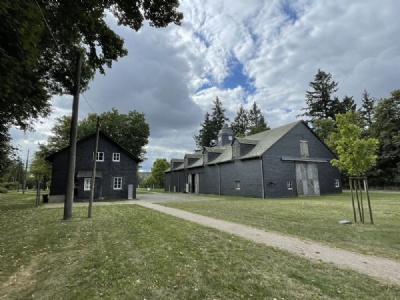
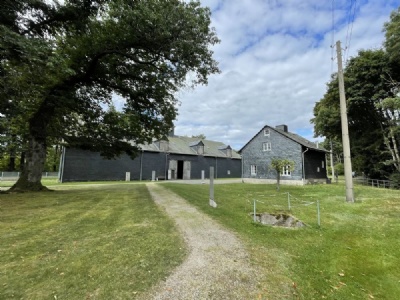
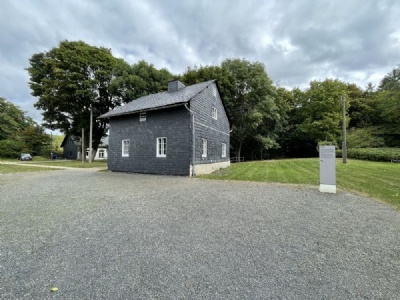
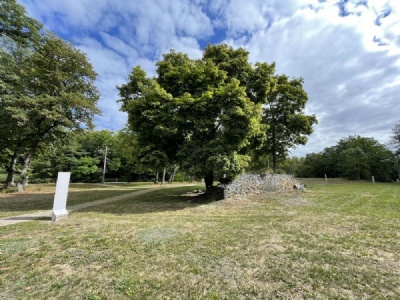
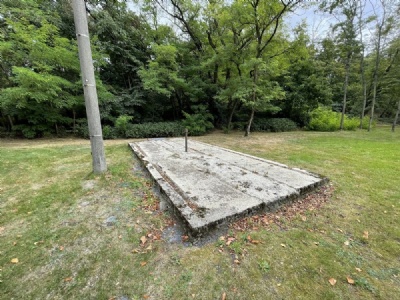
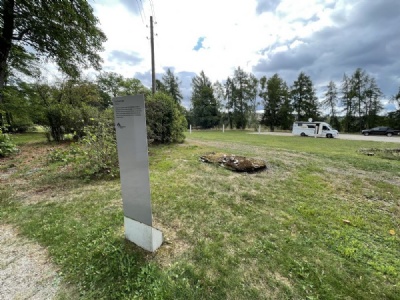
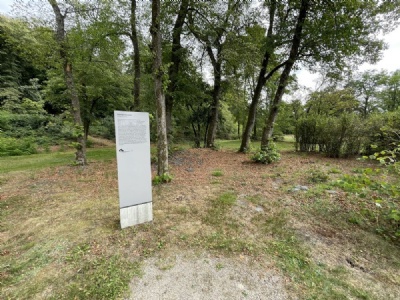
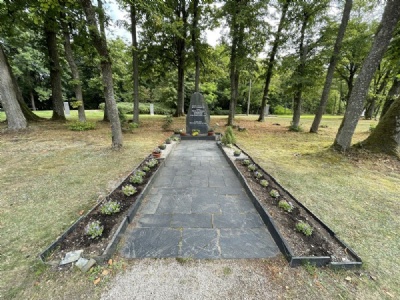
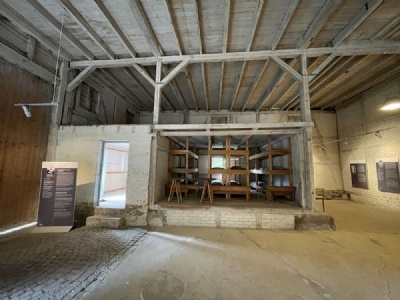
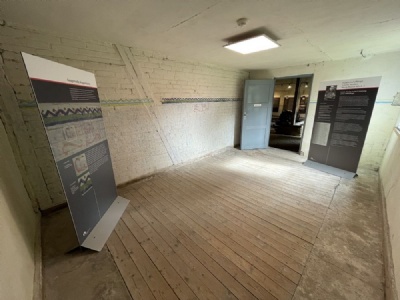
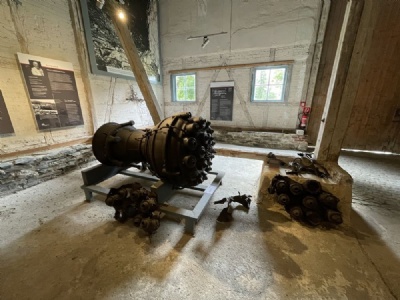
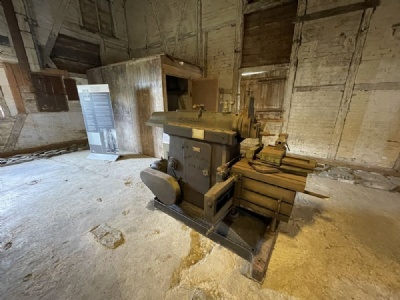
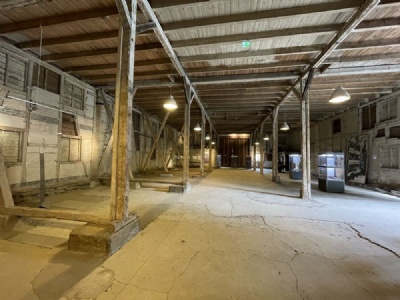
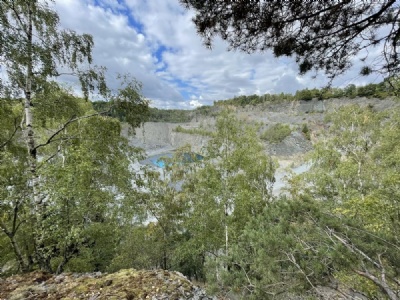
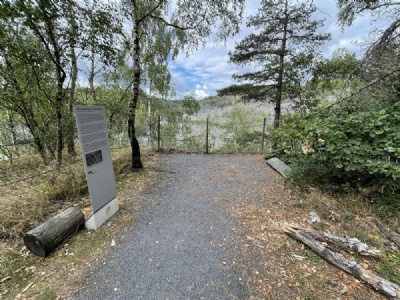
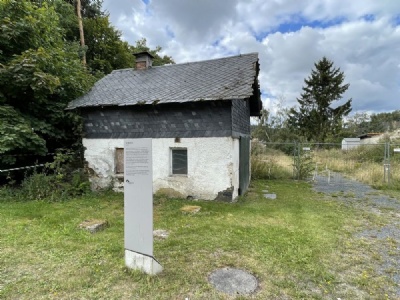
The Camp is located far out on the countryside but is a positive surprise. It is small in area but there is still much to see. In the barn where the majority of the prisoners were housed there is an exhibition. In other places there are information boards informing about the site. Of the mine and the tunnels there seems to be nothing left but there is a lookout point overlooking the slate quarry.